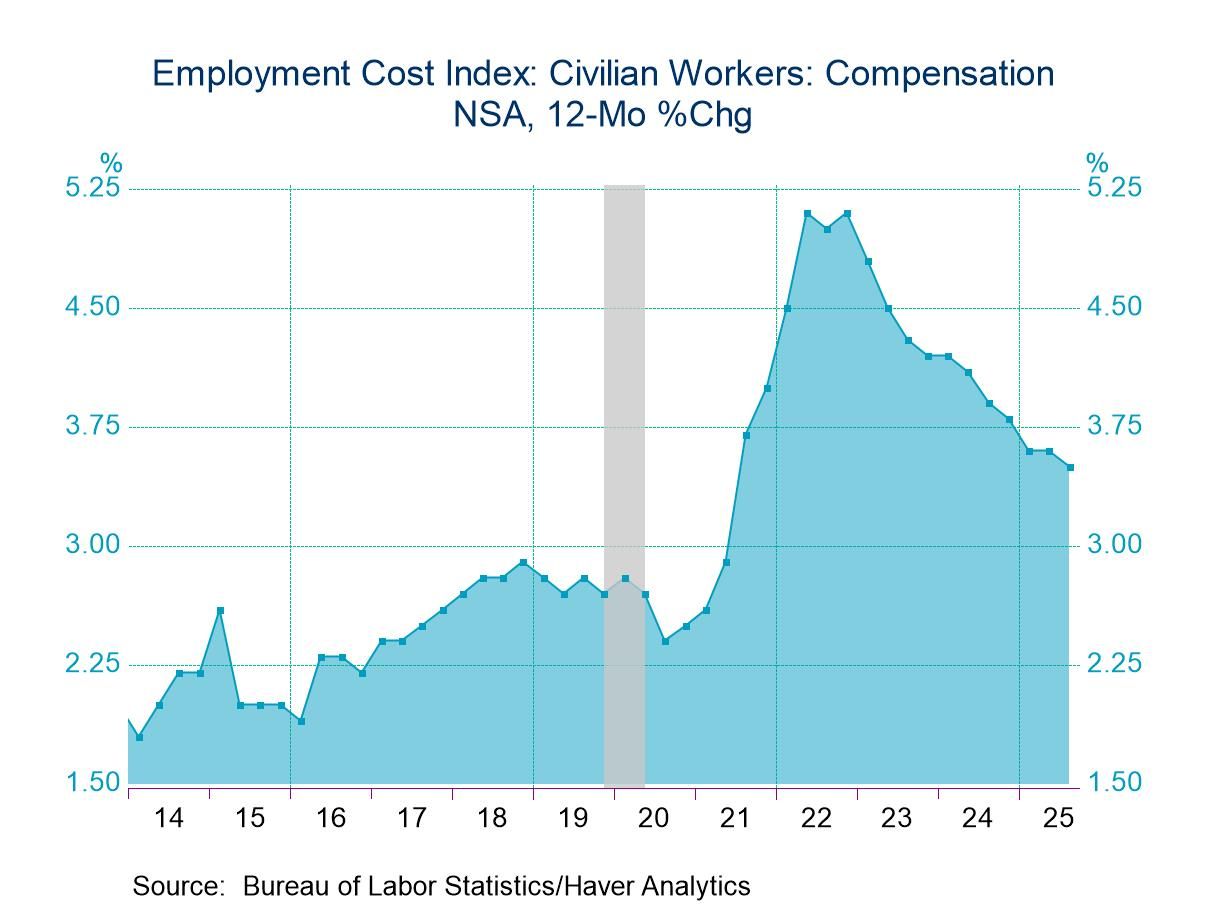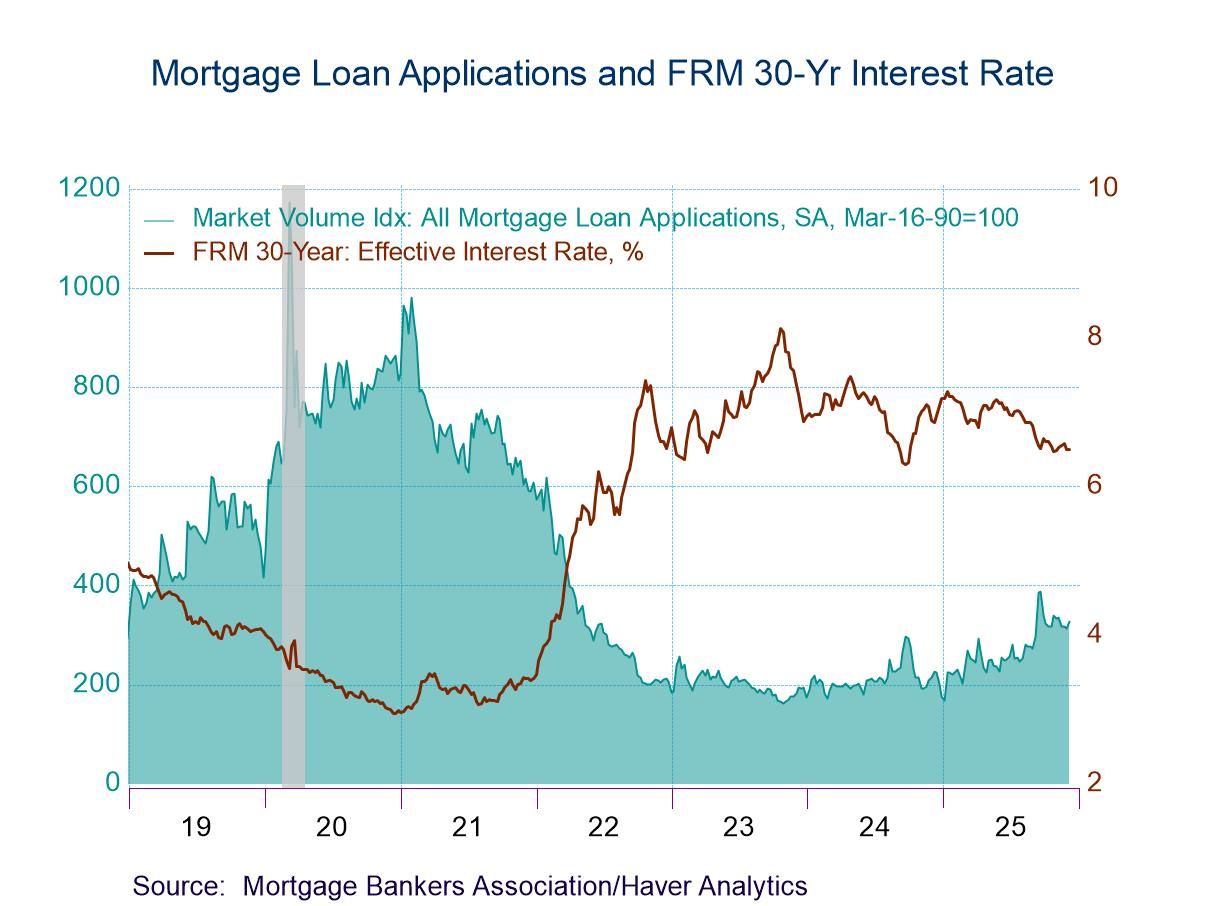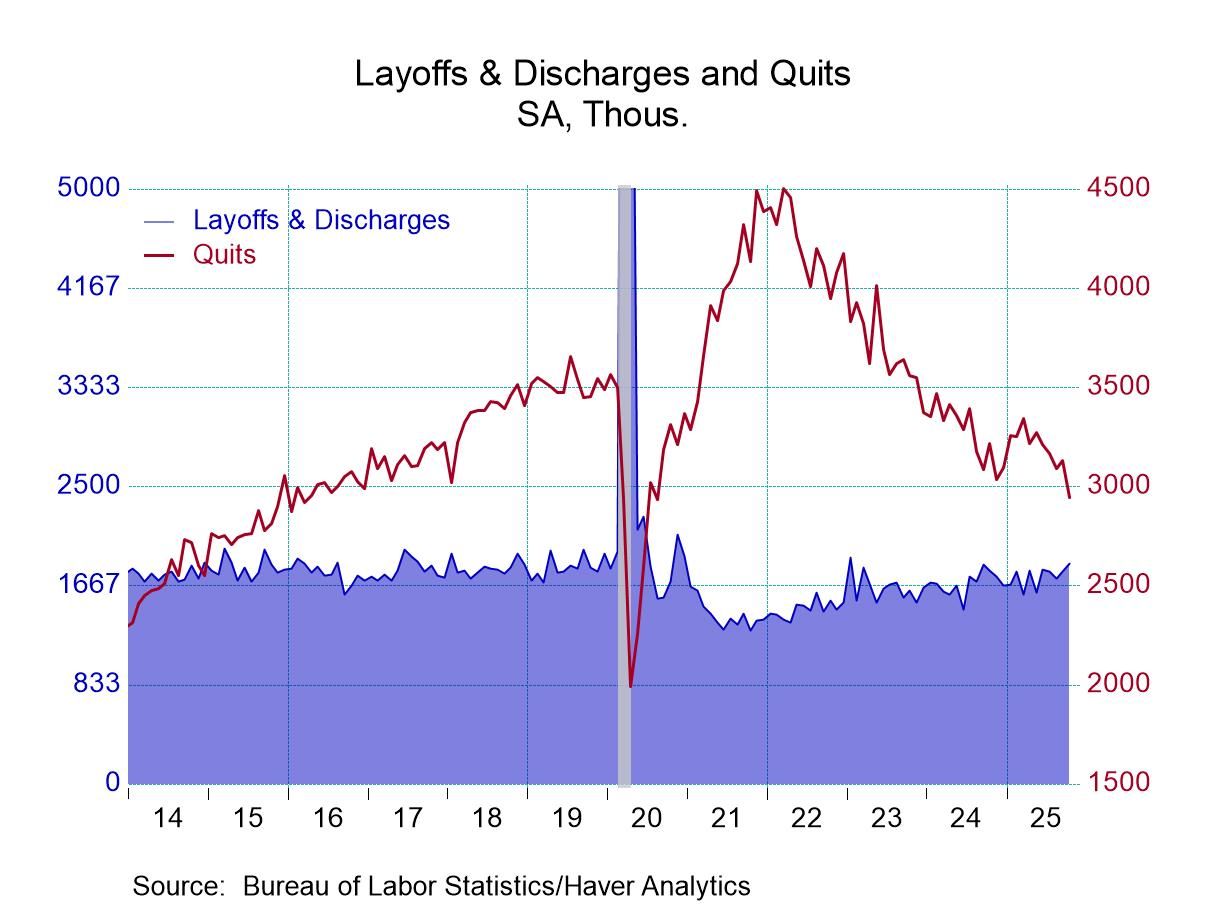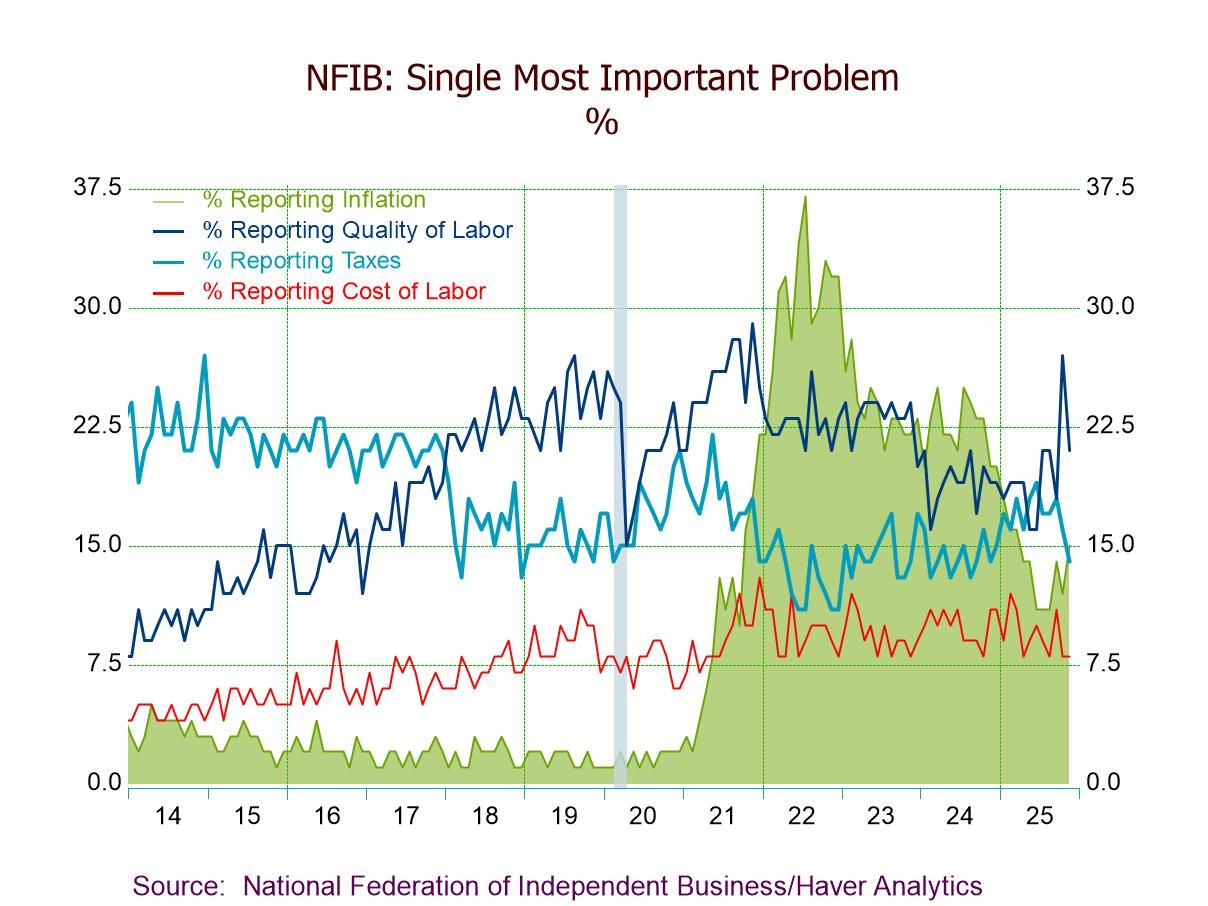 Global| Aug 22 2014
Global| Aug 22 2014Canada's Retail Sales Surge
Summary
Canada's retail sales are hopping. Sales rose by 1.1% in June after rising 0.9% in May and 1.3% in April. Sales are accelerating at a 14% annual rate over three months, an 8.6% annual rate over six months, and a 5.9% annual rate over [...]
 Canada's retail sales are hopping. Sales rose by 1.1% in June after rising 0.9% in May and 1.3% in April. Sales are accelerating at a 14% annual rate over three months, an 8.6% annual rate over six months, and a 5.9% annual rate over 12 months. The steady acceleration and the outright speed of the recent growth rates both are impressive.
Canada's retail sales are hopping. Sales rose by 1.1% in June after rising 0.9% in May and 1.3% in April. Sales are accelerating at a 14% annual rate over three months, an 8.6% annual rate over six months, and a 5.9% annual rate over 12 months. The steady acceleration and the outright speed of the recent growth rates both are impressive.
Real retail sales are similarly accelerating from a 4.3% pace over 12 months to 5.4% over six months to 9.6% over three months. Canada's retail sales are having the kind of acceleration that the U.S. was hoping for after an extended period of monetary stimulus.
Retail sales in the recently completed second quarter are running at a 10.8% annual rate in nominal terms, a 7.5% annual rate in real terms. Sales at new car dealers are running at a 21.8% annual rate. The slowest growth rate in the quarter is supermarket sales which in order are up at a 2.7% annual rate.
Canada's GDP for the first quarter is up at a 2.6% annual rate. Its growth rate has steadily decelerated through the recovery. There is mild acceleration in place over the last three or four quarters. Inflation in Canada has accelerated as the headline inflation rate has popped up above 2%, much like with the US CPI and core inflation lagging behind but still on a slightly upward gradient as it is in the U.S. Canadian housing starts have been flat showing some minor recovery of the last four or five months. While its unemployment rate has been declining pretty much in step with the decline in the US rate of unemployment, Canada's unemployment rate has been slightly below that of the U.S. until recently.
The big difference between the U.S. and Canada has been the performance of retail sales. Surging Canadian retail sales have no counterpart in the U.S. where sales have stagnated and may be poised to decelerate as the strength and auto sales may be dissipating.
Canada has benefited in the recovery by having a banking system that was not seriously hobbled in the financial crisis. Even so, Canada's real advantage now seems to be in its surge in retail sales. Even though Canada's unemployment rate has declined along with the US rate over the last two years, the US unemployment rate has continued to drop while Canada's rate has flattened out. The US unemployment rate is now below the rate for Canada. But there seems to be no advantage in US consumer spending or confidence from this phenomenon.
Canada's economy has new hope as the strength in retail sales provides a basis for a boost to GDP and job growth. Sales in June were well beyond estimates, also providing a basis for a boost in confidence.

Robert Brusca
AuthorMore in Author Profile »Robert A. Brusca is Chief Economist of Fact and Opinion Economics, a consulting firm he founded in Manhattan. He has been an economist on Wall Street for over 25 years. He has visited central banking and large institutional clients in over 30 countries in his career as an economist. Mr. Brusca was a Divisional Research Chief at the Federal Reserve Bank of NY (Chief of the International Financial markets Division), a Fed Watcher at Irving Trust and Chief Economist at Nikko Securities International. He is widely quoted and appears in various media. Mr. Brusca holds an MA and Ph.D. in economics from Michigan State University and a BA in Economics from the University of Michigan. His research pursues his strong interests in non aligned policy economics as well as international economics. FAO Economics’ research targets investors to assist them in making better investment decisions in stocks, bonds and in a variety of international assets. The company does not manage money and has no conflicts in giving economic advice.






